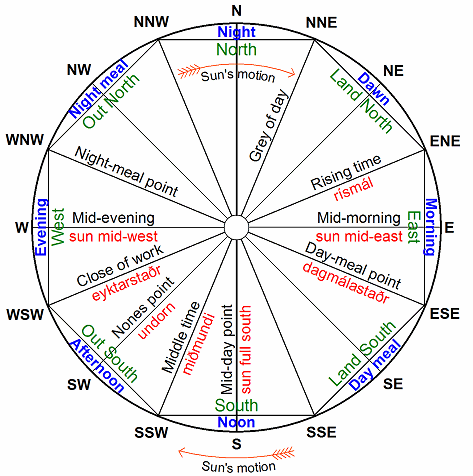

Fig. 2. Direction concept and solar time (the sky clock).
I. Dividing the day: Only those eykt names that have survived are shown; some of them are valid only for the summer half-year. – The diameters divide the day systematically into two equal parts (doegr: half-days) of work and rest. The summer rising-time eykt stands opposite the eyktmark for close of work on a summer day; the day-meal point opposite the night-meal point; the grey of day opposite the daymark miðmundi (very important in the ancient North; not to be confused with the midday point), and so on.
II. Dividing the year: When the sun sets in autumn in the eykt point (after which the sun rises further south and in winter no longer reaches the eykt point) the legal winter begins. The year is divided (N. lat. 64°, Iceland–Norway) according to the direction in which the sun sets:
| Winter begins: The upper edge of the sun | |
| sets in the eykt point | = WSW |
| Winter solstice: miðmundi | = SSW |
| Spring begins: Mid-evening point | = W |
| Summer begins: Night-meal point | = WNW |
| Summer solstice: | = NNW |
| Autumn begins: Mid-evening point | = W. |